When it comes to some cameras on the market, you have to wonder what the company or the designers were thinking when they decided that such a camera would be a good idea. One such camera is the Nikkorex line, well at least the fixed lens versions. Nikon had a good reputation among camera manufacturers; they had their successful rangefinders. They hit it big time with the Nikon F. But then decided to try and enter the consumer market. And like many camera companies at the time they decided to do this by producing a fixed lens SLR with a leaf shutter. To be honest, the Nikkorex is a camera that is only good for one thing these days, a shelf queen. Yet I lucked out and got one that is a rare working example, and thanks to James Lee for the loan!

Camera Specifications
Make: Nikon
Model: Nikkorex 35|2
Type: Single Lens Reflex
Format: 135 (35mm), 36x24mm
Lens: Fixed, Nikon Nikkor-Q 1:2.5 f=5cm
Year of Manufacture: 1962-1966
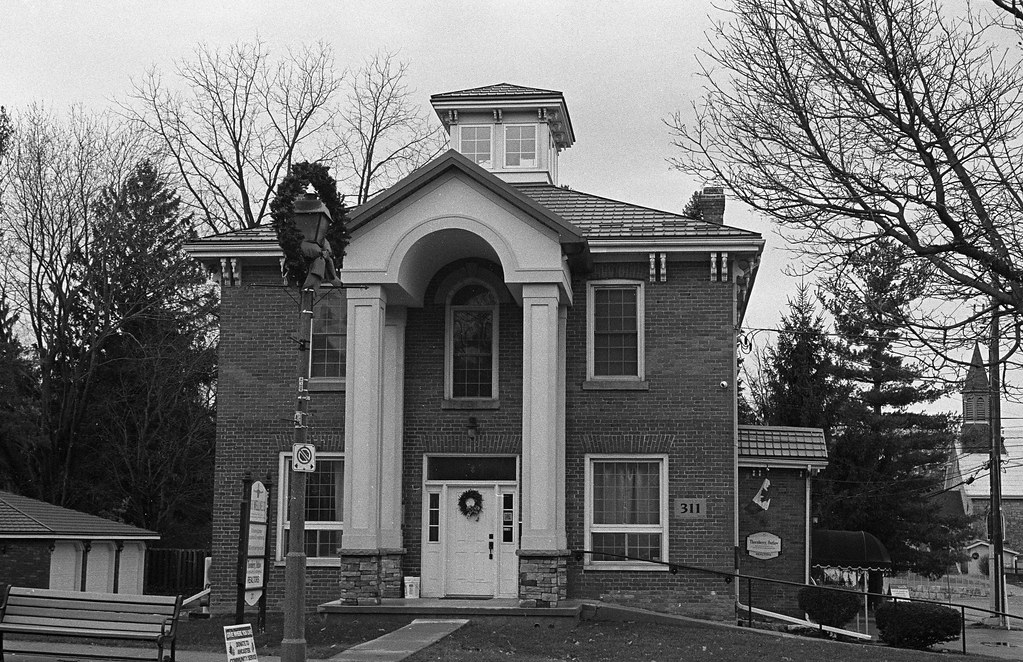

Background
Even the fact that Nikon produced such a camera is a strange twist. Nikon was the standard-setter, not a trend follower. The release of the Contaflex in 1953 introduced the idea of a mid-range consumer SLR with a leaf shutter. Nikon, in turn, decided that after the wild success of their Nikon F, a professional system SLR that they would try and capture a share of the consumer market. Rather than build on the success of their focal plane shutter SLR, they decided to design and make a fixed lens leaf shutter camera. In 1960, Nikon released the Nikkorex 35, a fixed lens, leaf shutter SLR. What makes the whole thing interesting is that Nikon ignored everything that gained them their success with the F. Much of the parts and construction of the Nikkorex 35 was farmed out to subcontractors, even the design is the furthest from what you would expect from Nikon at the time. The camera would have a fixed lens, an old 4-element design Nikkor-Q 50mm f/2.5. There would be no prism finder, instead opting for a poro-mirror design similar to the Olympus Pen F. There would no instant return on the mirror and even shutter was a Citizen-MVL that topped out at 1/500″. The reason, profit. But for Nikon, the Nikkorex 35 proved far from popular and suffered a lot of quality issues right from the start. The complex design and poor design and build quality sent Nikon back to the drawing board. Rather than scrap the whole idea and build a better camera with their in-house skills, they simplified the design and produced the Nikkorex 35|2. Released in 1962, the 35|2 might have looked the same on the outside with the same 50/2.5 Q optics. Nikon thought that by simplifying the internals and using a new Seiko-SVL shutter that they could produce a cheaper and more reliable camera. Again, they were wrong, the 35|2 suffered much of the same issues, and because not enough changes were done on the exterior of the camera, it suffered poor sales as a result. But Nikon wasn’t done there, a year after the 35|2 they produced a version with a fixed zoom lens, a 43-86mm f/3.5 (the same lens is available in the standard F-Mount). They even tried to produce an automatic version of the camera in 1965, the Nikkorex Auto 35. In a side-bar, Nikon had Mamiya produce a proper SLR version, the Nikkorex F with a standard finder and interchangeable F-Mount lenses. But unlike the Nikkorex 35, the Nikkorex F used a Copal vertical film plane shutter. But the fate of the Nikkorex was sealed with the release of the far more welcomed Nikkormat line in 1965 and by 1966 the Nikkorex line had been cancelled. Ricoh ended up getting the tooling for the Nikkorex F and produced it as the Ricoh Reflex in 1966.

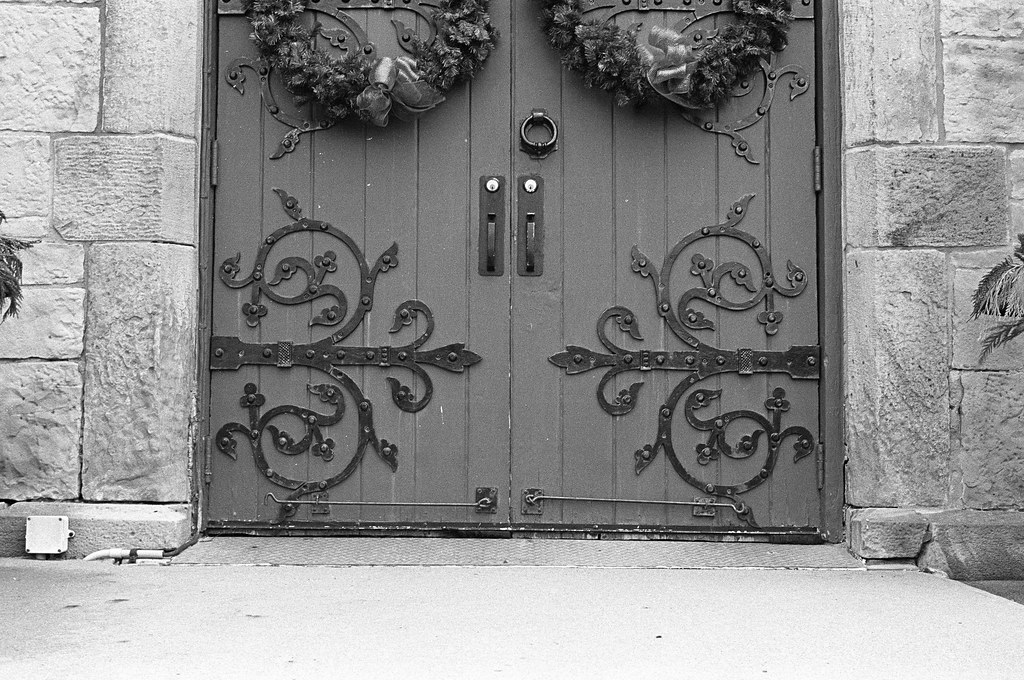
Impressions
At first glance the camera doesn’t even look like a Nikon, thankfully the 35|2 added the Nikkorex name across the front-mounted selenium cell. And that is pretty much the only thing aside from the lens that makes the camera a Nikon. As a camera, the thing is a brick and handles like one too. It’s heavy, awkward, and unwieldy. It shares more in common in design, style, and layout with a fixed lens rangefinder than an SLR. All the exposure controls are located on the lens barrel, and are easily controlled and have different control surfaces and are well spaced out. The match needle metering system makes setting the exposure easily and at least are coupled to your exposure controls. But what makes the whole thing weird is that the viewfinder is located more where it would be on a rangefinder, and while it still is a single-lens-reflex and you do look through the lens. The location is off-putting, and it doesn’t help that the finder itself is dim, either because of the f/2.5 lens or the poro finder.

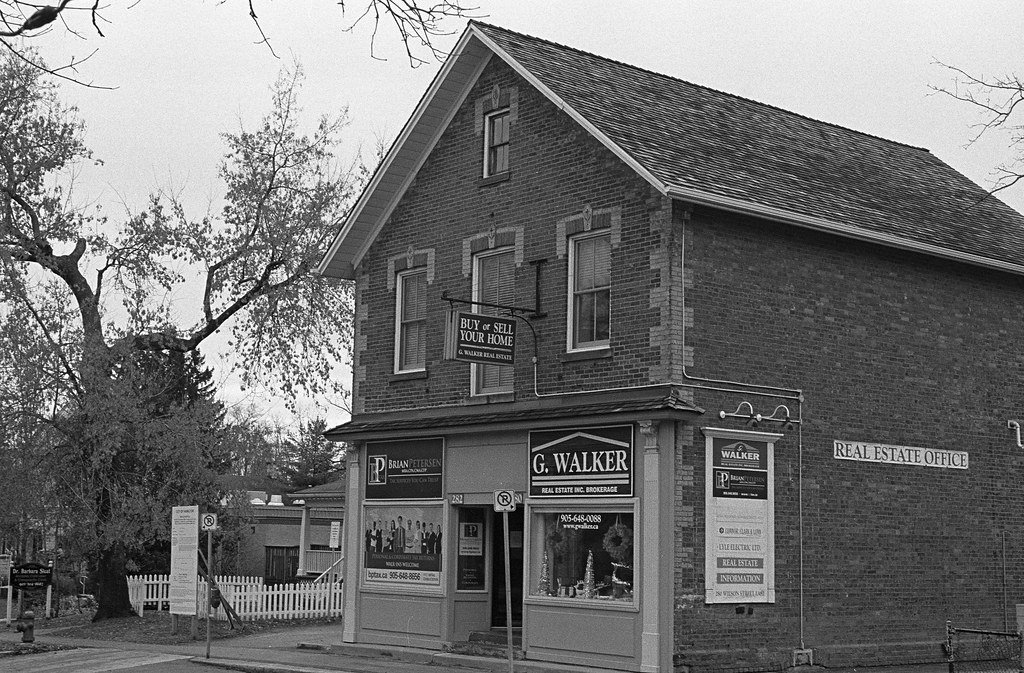
Experiences
There’s nothing more annoying than expecting one thing and getting another. To start, the whole fixed-lens Nikkorex line doesn’t have the best reputation quality and function wise, and it shows. It took a bit of work to get the example I have working again, and it still ended up cutting out about half-way through the roll. It took a bit of gun oil to get everything moving. Probably the best part about the camera is the manual match-needle metering system (that surprisingly still worked). The focus was decent and smooth, but the dim viewfinder made life a little more difficult, but at least there was a split screen to help with ensuring focus. And while you did have that match-needle in the viewfinder, there was little else, so hopefully, you won’t get down into slower shutter speeds or wider apertures. In general, the camera is a horrid brick, big heavy, and a long advance stroke. And also having the viewfinder blackout without an instant mirror return turns you off a camera that you expect to have one. At least you have that mirror slap to confirm you took the photo.

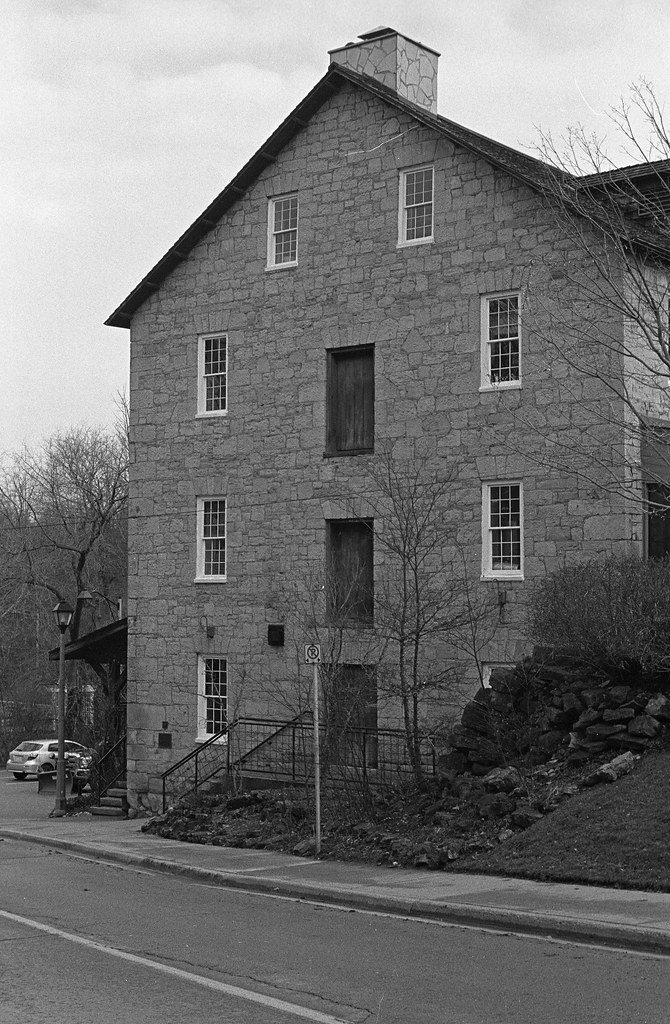
Optics
There’s nothing that special about the lens, the Nikkor-Q is a decent lens, and might have done better if Nikon had used the design for a low-cost F-Mount they might have had a winner. Being a four-element design, you get some contrasty images but still sharp. Honestly, I never shot at f/2.5, and the images I did get are decent. But nothing much to write home about. The 50mm focal length is good given the camera overall, and I certainly would take it over the 43-86 zoom lens. The only trouble is that with that f/2.5 aperture and the poro-mirror finder, it makes shooting in low light difficult. But you know, given the generally poor quality of the camera as a whole, the lens is one of the few things that shine on it. Also now is a good time to mention that Nikon did like some weird number on their lenses like f/2.5 and that 43-86 zoom lens.

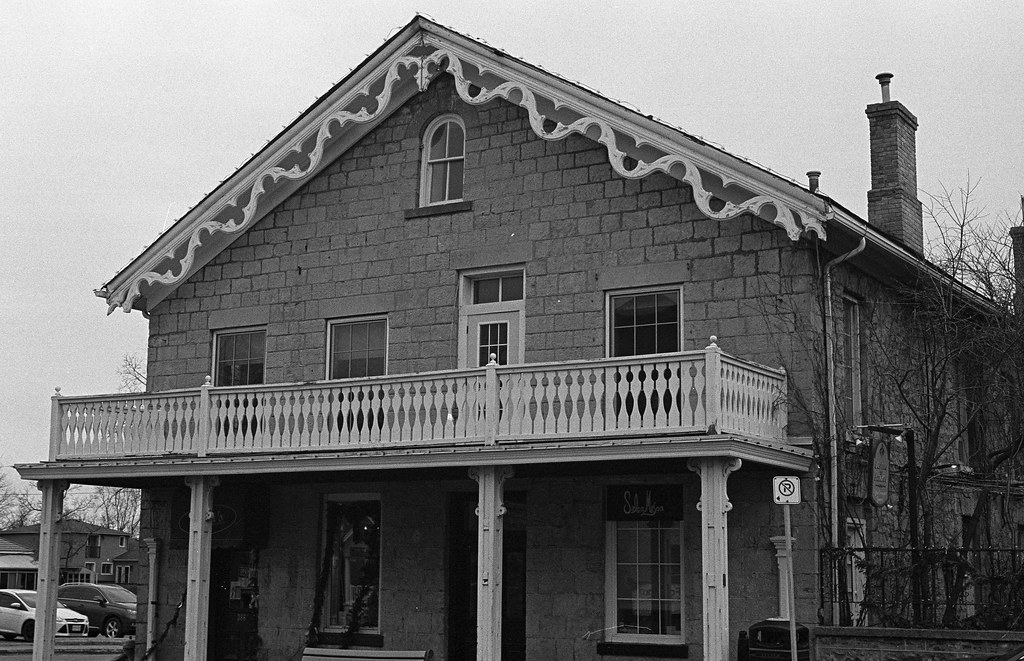
Lowdown
Nope, Nope, Nope. There is no reason to spend a good deal of money on a fixed lens Nikkorex. There is little chance that you’ll get one that works, and even if it does, it will eventually break, and there is probably no one out there who can or are willing to repair them. Now I’ve heard better things about the Nikkorex F and Ricoh Singlex. Now as a collector’s piece and a little bit of obscure Nikon history then a Nikkorex would fit in perfectly with your collection especially if you’re a completist. Prices of the fixed lens version thankfully are inexpensive, but honestly don’t pay any more than 50$ for a non-working copy. The interchangeable version does go for a bit more. But if you do want a leaf shutter SLR, there are plenty of better examples out there; even a Retina Reflex III would be a good choice as you still have someone who can and will repair them.
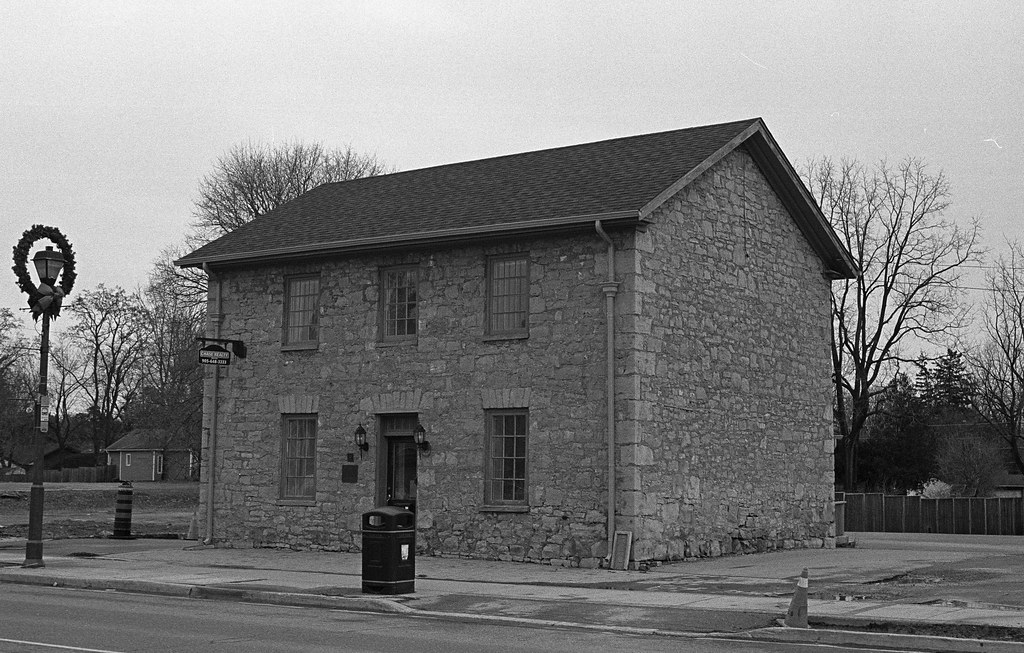

Further Reading
Don’t just take my word on the Nikon Nikkorex 35|2, you can check out the reviews by other awesome camera reviewers!
David Young – Nikon Nikkorex 35|2 Review
Vintage Camera Labs – Nikon Nikkorex 35|2
Nico VanDijk – Nikon Nikkorex 35|2 Review
Eric Constantineau – Nikon Nikkorex 35|2 Review
Cameraquest – Nikon Nikkorex 35|2
1 Comment